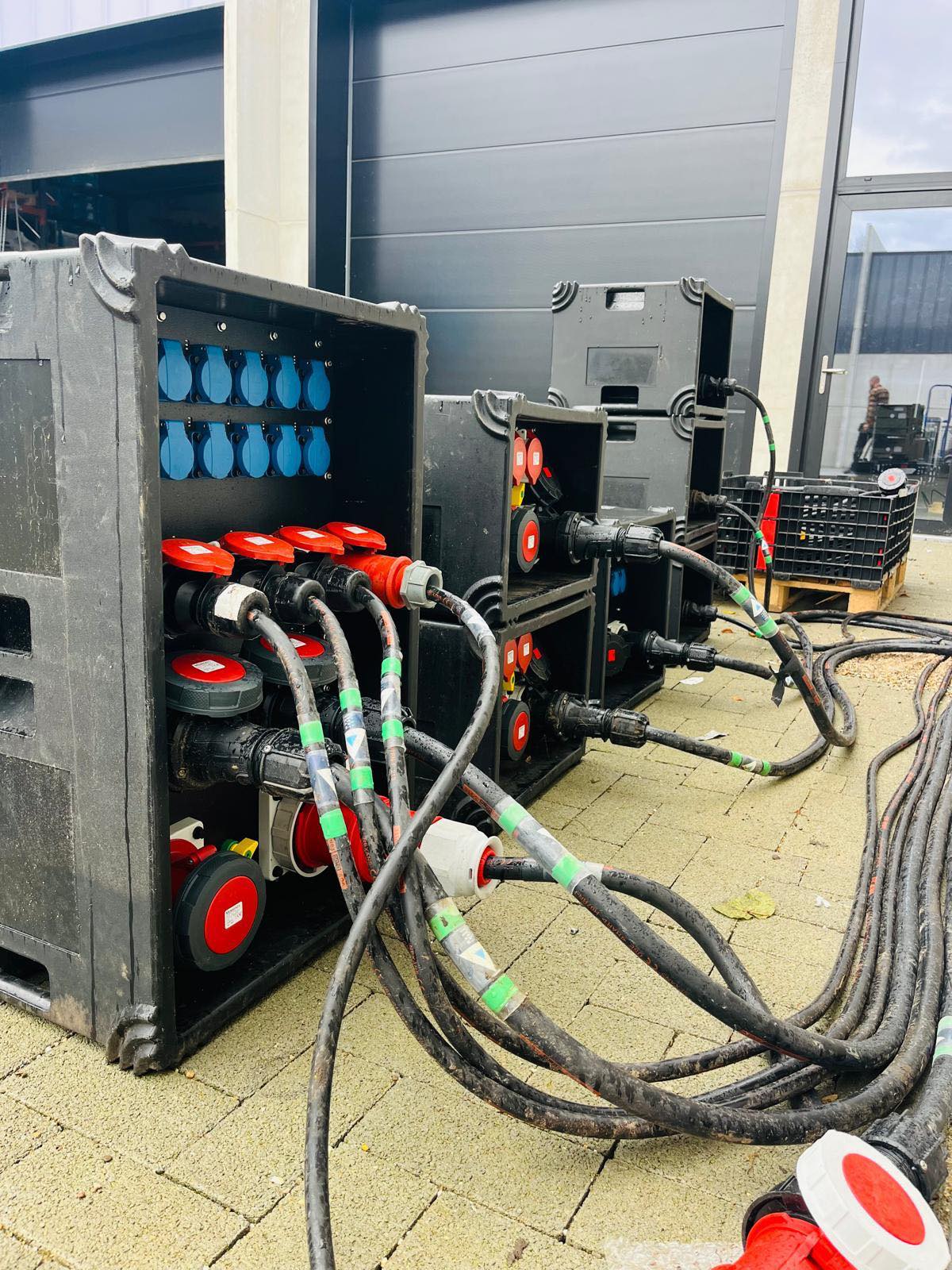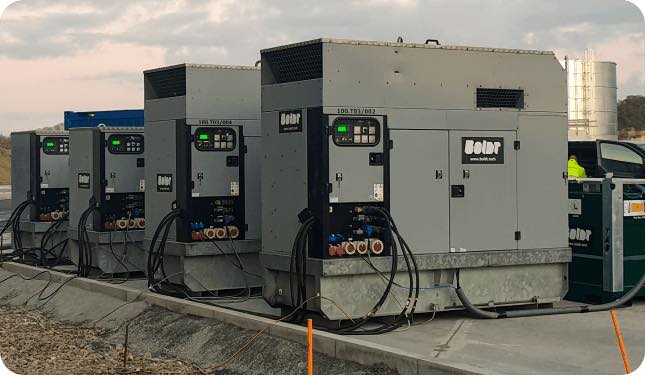

Monitoring energy consumption as part of sustainable building management
Smart building management starts with insight. The only way to future-proof offices, warehouses, meeting rooms and production sites is with a data-driven strategy—especially in a world where sustainability is no longer optional, but essential. The first step? Understanding where you stand today. A solid energy analysis lays the foundation for meaningful change. As the saying goes: you can’t manage what you don’t measure. With the right energy monitoring tools, organizations gain clear visibility into current performance—and unlock the potential for smarter, greener operations.
Mapping potential for energy savings
Sustainability is the norm. Where energy conservation was long an option, it is increasingly becoming a necessity. Many companies are already investing heavily in green energy solutions. On the one hand from a vision of corporate social responsibility, on the other from financial considerations. Under the influence of many regulations, decreasing energy consumption is also becoming more important. For example, ESG reporting requires companies to communicate transparently about their energy consumption and the initiatives they undertake to minimize it. Regulations on the content of these reports will become increasingly stringent in the coming years. Only, how do you know how much you are consuming and exactly where that energy is going? Energy monitoring offers the chance to get a detailed overview of electricity inflows and outflows. Thanks to a few smart devices and a clear software platform, business owners can thus easily access the data collected about their organization's energy consumption. This makes it easier to determine where small adjustments can make a world of difference: large consumers stand out immediately, anomalies are quickly noticed. This allows companies to take targeted action and make conscious decisions based on data rather than gut feeling, with immediate results.
Reduce peak consumption for lower energy bills
It's not just the increased focus on our climate that makes energymonitoring an asset. After all, the investment in energy monitoring quickly pays off via reduced energy costs.
Since 2023 these have been calculated using the capacity tariff. Here, the rate at which households and businesses can draw electricity from the grid is determined by what is known as peak consumption. It looks at how much energy is being used at the same time. The quarter-hour in which a peak is reached therein determines how much the grid operator charges. In short: an even distribution of consumption with as few outliers as possible is most advantageous.
Thanks to energy monitoring, peak times are easy to detect.
Companies gain insight into the moments when systems and appliances start consuming at the same time and can intervene to better spread consumption. For example, we helped a company make a small adjustment with a major impact: the compressors now make optimal use of the available solar energy by starting up during the day rather than at night. Event organizers or venue rental companies can then use energy monitoring of peaks to set a price depending on consumption per event. After all, the peaks generated by a major show would otherwise be unfairly passed on to smaller productions using the same hall.
Reliable measurement of energy consumption
Is energy conservation possible without energymonitoring? Certainly.
Experimenting with adjusting processes, however, takes time. After all, the effects can only be seen on energy bills after at least a month, and it remains guesswork where the most benefit can be gained. Companies lose valuable time as a result.
However, thanks to the precise data provided by energy monitoring systems, guesswork is no longer necessary. The solutions for a more sustainable and cheaper energy policy can be read from reliable data. That significantly increases the efficiency of changes made.
Additional benefits of monitoring
Measuring energy consumption is one thing. Our software platform also makes monitoring those measurements very easy. Moreover, different monitoring applications can be brought together on that platform. Soon, for example, it will be mandatory to monitor indoor air quality for buildings that are publicly accessible. Although not many details are yet known about those recently adopted regulations, it can be expected that proper monitoring of air quality will be essential for a targeted approach. In addition, it may be interesting to measure temperature, or even water consumption. After all, better awareness of this can also lead to adjustments in building management with an eye to sustainability. Moreover, it is easy to remotely control a number of appliances thanks to our building management systems. A heater that was left on? Easily fixed without having to go out on the road. A generator that kicks on without being needed? That, too, is turned off remotely thanks to a button press. That's fuel saved too!
Conclusion: Greater control over use of energy
Energy monitoring is becoming an increasingly important asset for companies that value sustainable business practices. With policies that insist on awareness of consumption and economy, installing a building management monitoring system is a forward-looking move to remain compliant with regulations. Moreover, good visibility into energy consumption provides the opportunity to cut some costs financially.
Learn more about energy monitoring.
.svg)
.svg)


-s.jpg)
-s.jpg)
-s.jpg)



.png)
.svg)
